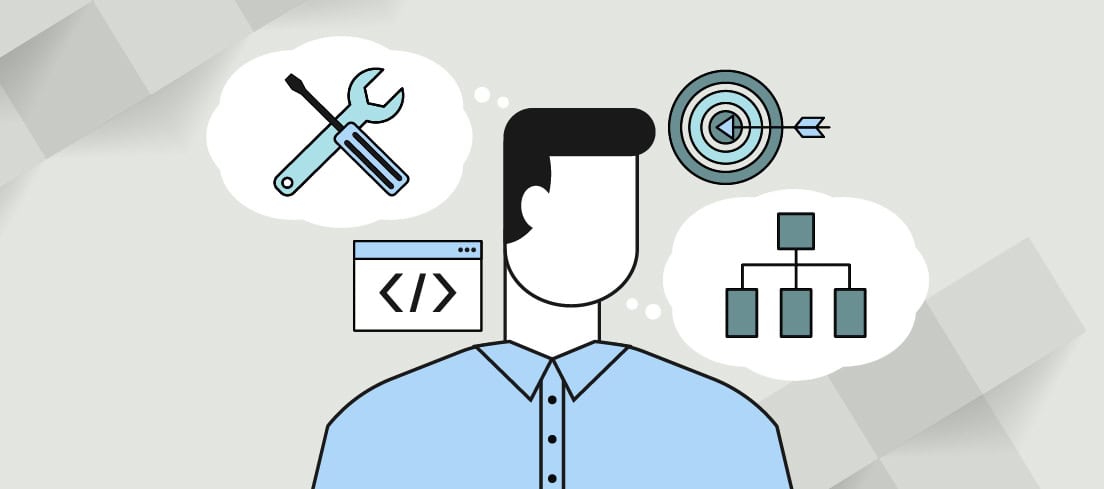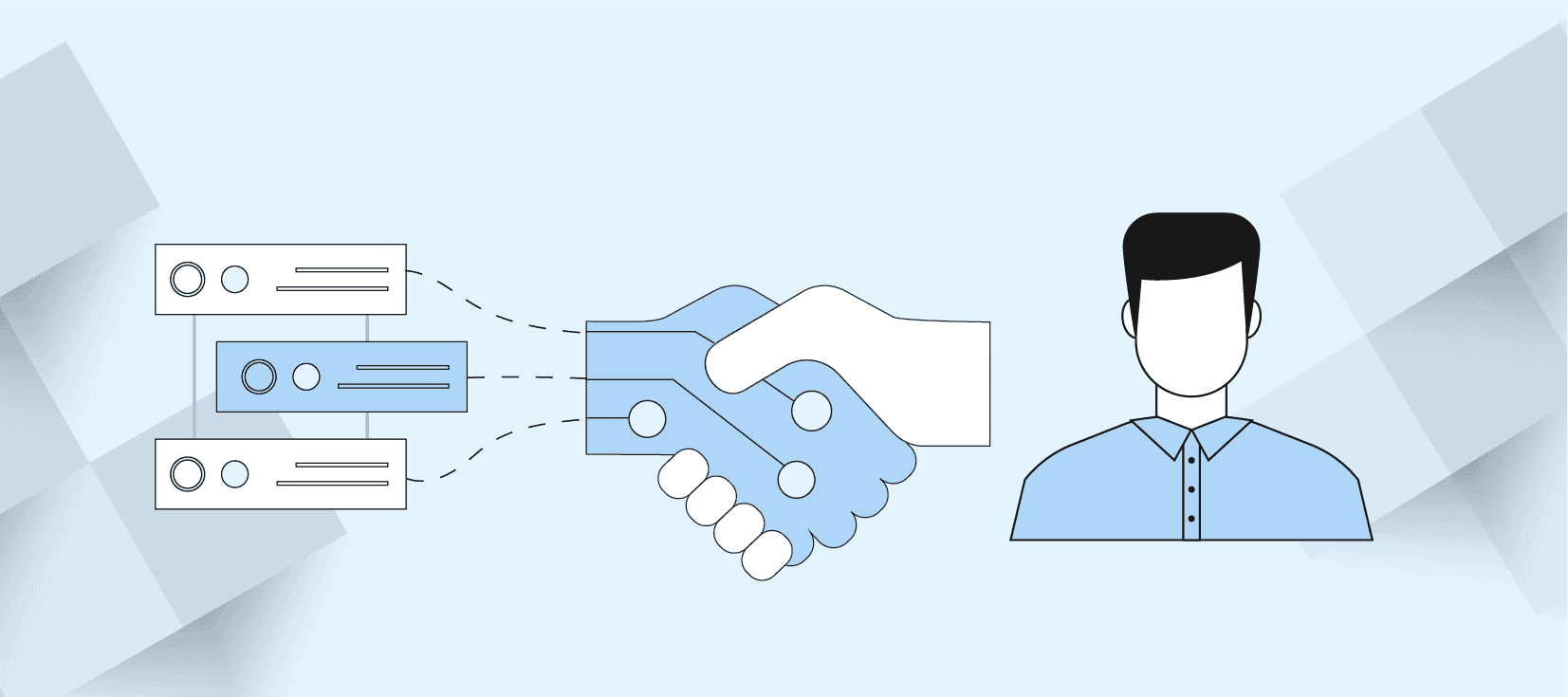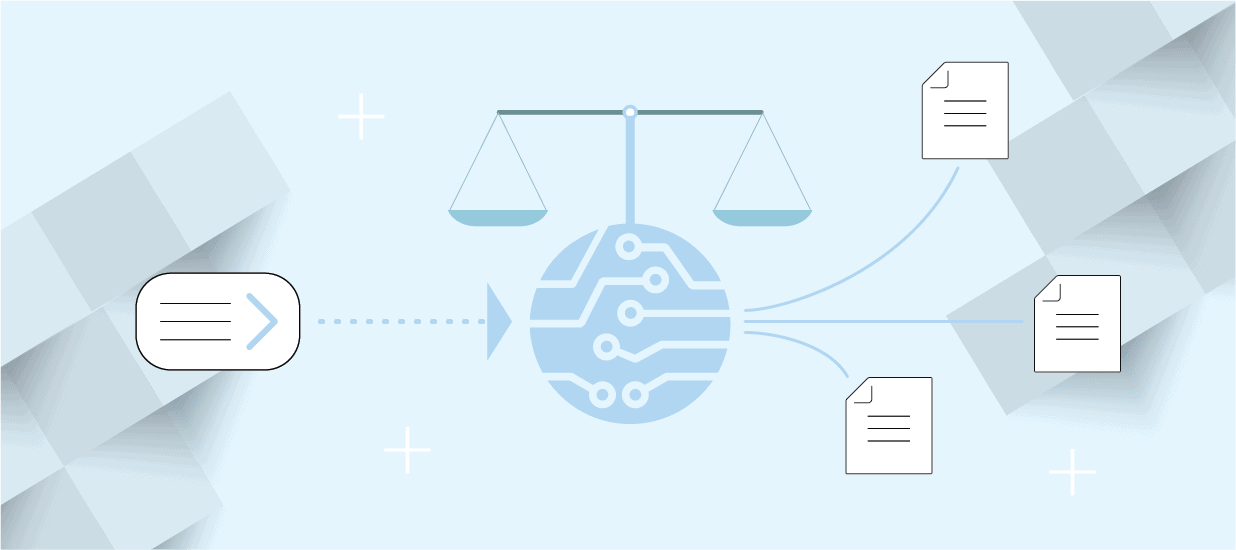A reader recently reached out: “It would be great to hear your thoughts on the impact of currency fluctuations on pricing in B2B market with long-term contracts. How about oil and exchange rate variations?Ó
Pricing is about willingness to pay, not about costs. But the other side is: What is your company willing to accept to do a piece of business? For example, if a buyer is only willing to pay something less than your costs to manufacture, then you are not willing to accept that piece of business.
This is complicated when you sign a long-term contract at a fixed price because your costs aren’t constant. Commodity prices like oil or gold go up and down. Currencies fluctuate all over the place, a big problem when you do business with companies in other countries.
We can simplify this pricing problem into a single word: risk. Who is willing to take the risk?
If the seller signs a long-term contract at a fixed price, then the seller is taking the risk. If costs go up, then the seller makes less profit or even loses money on the deal.
If you want to shift the risk to the buyer, then you would create your long-term contract with pricing that fluctuates based on a formula including the costs you expect to fluctuate. This way, when prices fluctuate, the buyer pays less or more depending on the direction of the fluctuation. The seller ideally makes about the same margin regardless.
An easy example of this is a home mortgage. When a bank sells a 30-year fixed-rate home mortgage, the bank is taking the risk. However, when a bank sells a variable rate mortgage, the buyer takes the risk. Notice the rate of the variable rate mortgage is a formula based on a specific index of the prime rate.
You should get paid for taking risk. If you are willing to accept the risk, you should charge higher prices. Go back to the mortgage example. A 30-year fixed mortgage has a higher interest rate than a 30-year variable rate loan. Insurance companies make a profit because they are being paid to take risks. If you sign a fixed-price, long-term contract, you should be paid handsomely for the risk.
If you get pushback from your buyers about your expensive fixed price contracts, offer to move the risk to them. Offer to set the price based on specific costs. DonÕt make this too complex, but one or two indexes are probably good indicators of your costs. Currency exchange rates can definitely be one of these metrics. Since you are moving risk to your buyer, you should be willing to accept a lower margin on the initial business.
The big lesson? Risk is expensive. Whoever takes the risk should be compensated for it.
Author
-

Mark Stiving, a renowned Author, Speaker, and Pricing Expert with 41 years of experience, has made impactful contributions at various companies, including ONEAC, Advantest, LTX Corporation, Pragmatic Institute, and Impact Pricing. Widely recognized for his expertise in uncovering hidden value and maximizing profits, Mark has become a sought-after figure in the industry. For questions or inquiries, please contact [email protected].
View all posts







